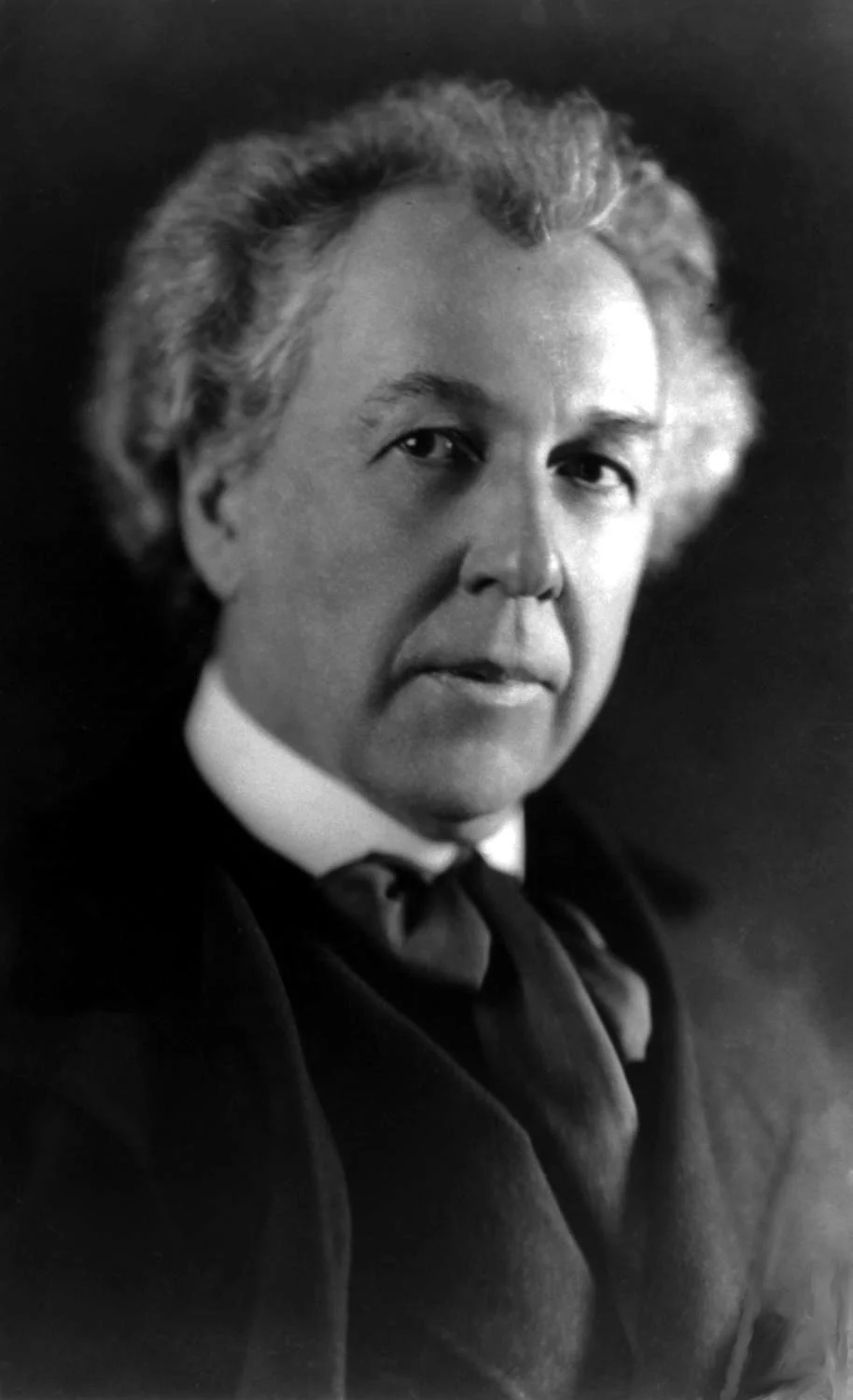Frank Lloyd Wright
Frank Lloyd Wright was perhaps the most influential American architect of the twentieth century. His career spanned nearly seventy years, during which he designed more than one thousand buildings, ranging from extravagant corporate offices to modest single-family homes. Wright’s own life (1867-1959) exemplified the dramatic changes that took place during and after industrialization, from the Civil War to the space race.
“[I] had come to the idea that the size of a human figure should fix every proportion of a dwelling or of anything in it. Human scale was true building scale.”
Wright advocated for what he called “organic architecture,” the idea that a building should fit both the environment it was constructed in and have a natural flow that was conducive to comfortable living. These ideas were embodied most in Wright’s Usonian style, a term he used to differentiate his own American modernism from the work of his European contemporaries. Usonian buildings emphasized “organic” materials like wood and glass to blend the home into the landscape and give houses a more natural quality.
With his Usonian style, Wright also attempted to tackle an issue that many modern architects hoped to solve in the early twentieth century: how to create affordable housing that was pleasant to live in. When he received Loren Pope’s letter in 1938, he likely saw this as an opportunity to put his Usonian philosophy to the test.
“The house of moderate cost is not only America’s major architectural problem, but the problem most difficult for her major architects.”

